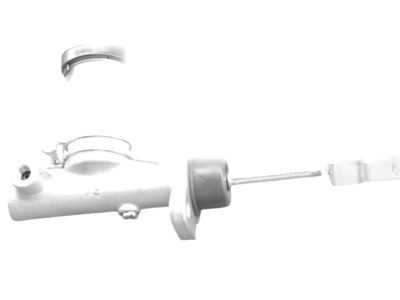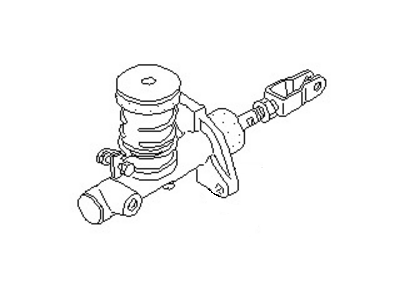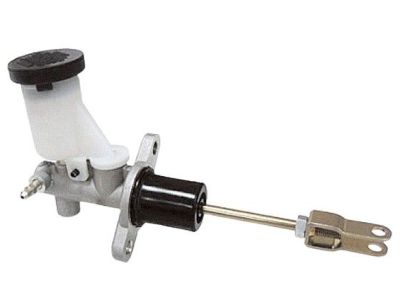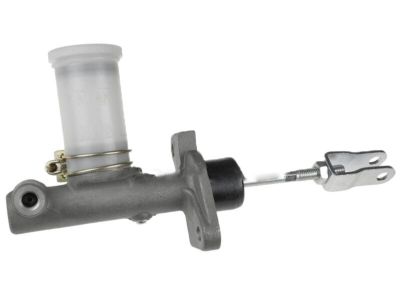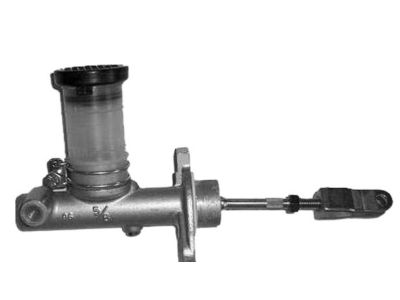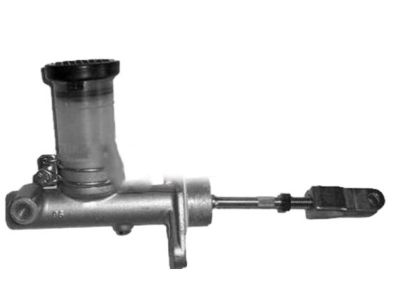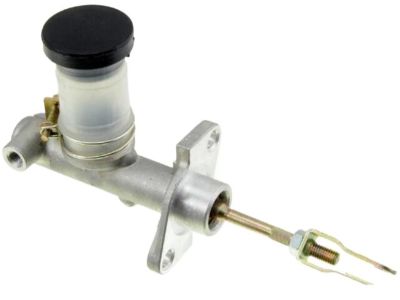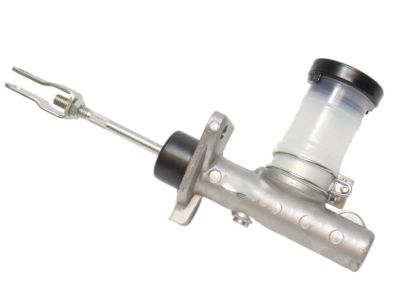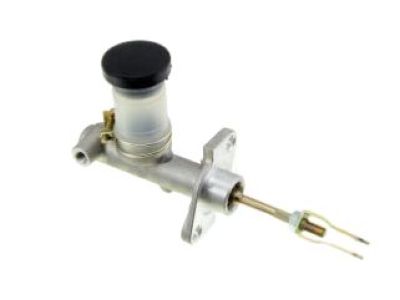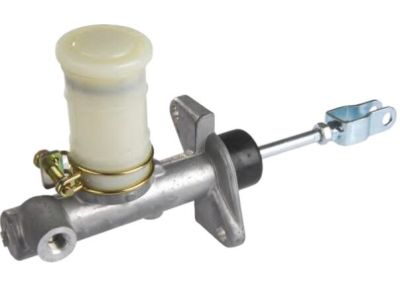×
- Hello
- Login or Register
- Quick Links
- Live Chat
- Track Order
- Parts Availability
- RMA
- Help Center
- Contact Us
- Shop for
- Nissan Parts
- Nissan Accessories

My Garage
My Account
Cart
Genuine Nissan 240SX Clutch Master Cylinder
- Select Vehicle by Model
- Select Vehicle by VIN
Select Vehicle by Model
orMake
Model
Year
Select Vehicle by VIN
For the most accurate results, select vehicle by your VIN (Vehicle Identification Number).
7 Clutch Master Cylinders found

Nissan 240SX Mst Cylinder Clutch
Part Number: 30610-70F50$153.01 MSRP: $211.45You Save: $58.44 (28%)Ships in 1-2 Business Days
Nissan 240SX Mst Cylinder Clutch
Part Number: 30610-40F51$142.81 MSRP: $211.45You Save: $68.64 (33%)Ships in 1-3 Business Days
Nissan 240SX Mst Cylinder Clutch
Part Number: 30610-40F50$142.81 MSRP: $211.45You Save: $68.64 (33%)Ships in 1-3 Business Days
Nissan 240SX Mst Cylinder Clutch
Part Number: 30610-40F52$142.81 MSRP: $211.45You Save: $68.64 (33%)
Nissan 240SX Cylinder Master
Part Number: 30610-40F53$142.81 MSRP: $211.45You Save: $68.64 (33%)Ships in 1-2 Business Days

Nissan 240SX Clutch Master Cylinder
If you need any OEM Nissan 240SX Clutch Master Cylinder, feel free to choose them out of our huge selection of genuine Nissan 240SX Clutch Master Cylinder. All our parts are offered at unbeatable prices and are supported by the manufacturer's warranty. In addition, we offer quick shipping to have your parts delivered to your door step in a matter of days.
Nissan 240SX Clutch Master Cylinder Parts Questions & Experts Answers
- Q: How do you remove and install the Clutch master cylinder on Nissan 240sx?A:To remove and install the master cylinder, first disconnect the clutch pedal arm from the pushrod and the clutch hydraulic line from the master cylinder, taking care to prevent brake fluid from contacting painted surfaces. Next, remove the nuts attaching the master cylinder and pull it along with the pushrod toward the engine compartment. For overhaul, begin by removing the master cylinder from the vehicle and draining the clutch fluid from the reservoir. Then, take off the boot and circlip to remove the pushrod, followed by the topper, piston, cup, and return spring. Clean all parts using clean brake fluid and inspect the master cylinder and piston for wear, corrosion, and scores, replacing parts as necessary; light scoring can be addressed with crocus cloth soaked in brake fluid. The cup seal should generally be replaced with each disassembly, and the cup should be checked for wear or damage. Inspect the clutch fluid reservoir, filler cap, dust cover, and pipe for any distortion or damage, replacing as needed. Lubricate all new parts with clean brake fluid and reassemble the master cylinder in reverse order, ensuring the cup seal is carefully reinstalled to avoid damage. After installing the master cylinder, adjust the height of the clutch pedal, fill the master cylinder and clutch fluid reservoir, and bleed the clutch hydraulic system.

